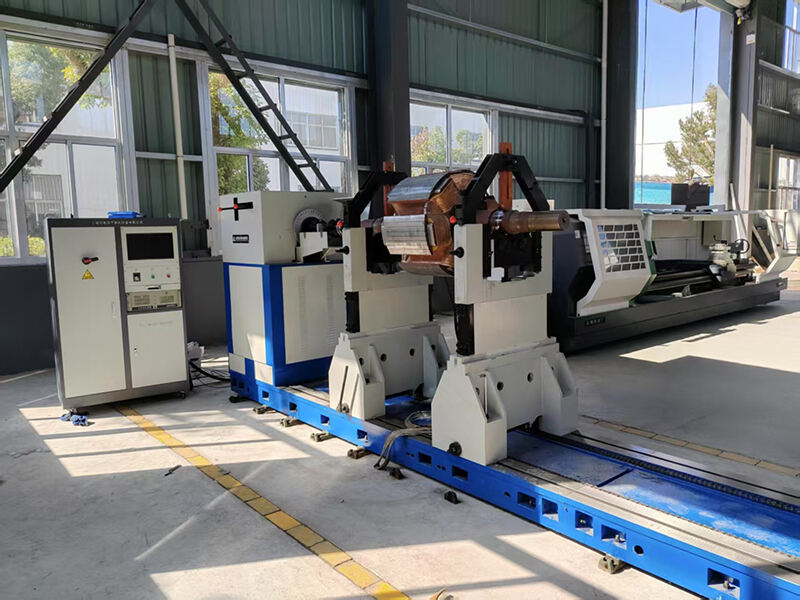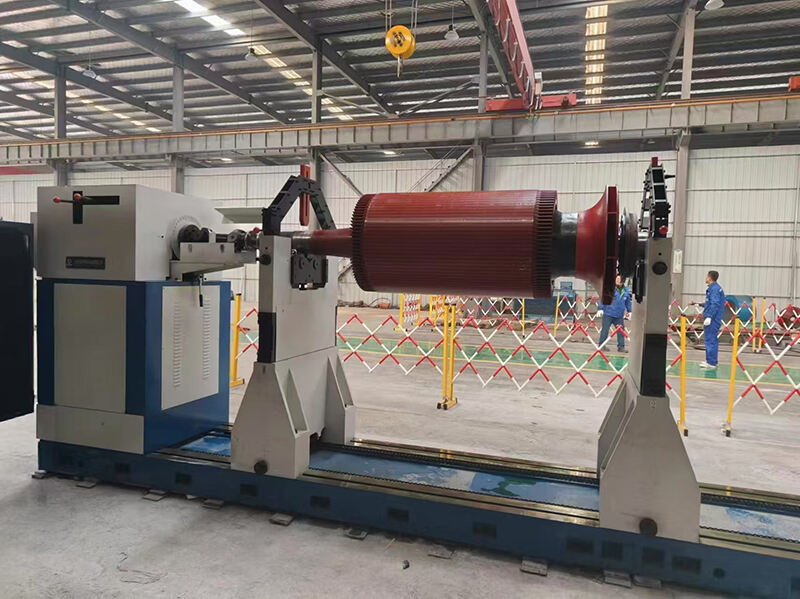Understanding the Critical Role of Engine Crankshaft Balance
In the heart of every internal combustion engine lies a crucial component that transforms linear piston motion into rotational force - the crankshaft. Crankshaft balancing represents one of the most vital aspects of engine building and performance optimization. When properly executed, crankshaft balancing ensures smooth engine operation, maximum power output, and enhanced mechanical longevity. This comprehensive guide explores the intricate world of crankshaft balancing, providing detailed insights into techniques, best practices, and professional recommendations.
The science behind crankshaft balancing involves precise measurements, calculations, and adjustments to ensure that the rotating assembly moves with minimal vibration. Whether you're building a high-performance racing engine or maintaining a daily driver, understanding and implementing proper crankshaft balancing techniques can make the difference between mediocre performance and exceptional results.
Fundamentals of Crankshaft Balance Theory
Static vs Dynamic Balancing
Static balancing involves checking the crankshaft's weight distribution while it's stationary. This basic form of crankshaft balancing helps identify heavy spots that could cause the shaft to rotate to a specific position when placed on knife edges. However, static balancing alone isn't sufficient for modern engines operating at high RPMs.
Dynamic balancing takes the process further by evaluating the crankshaft's behavior while it's spinning. This method identifies both heavy spots and couples - forces that create twisting moments along the crankshaft's axis. Professional engine builders always opt for dynamic crankshaft balancing to ensure optimal performance across all operating speeds.
Understanding Balance Factors
Balance factors play a crucial role in crankshaft balancing calculations. These percentages determine how much of the reciprocating weight should be counterbalanced by the rotating weight. Different engine configurations require specific balance factors - typically ranging from 40% to 100%. Understanding and applying the correct balance factor is essential for achieving optimal crankshaft balancing results.
The selection of proper balance factors depends on various elements including engine design, application, and operating RPM range. High-performance engines often utilize different balance factors compared to standard production engines to accommodate their unique operating characteristics.

Professional Balancing Equipment and Tools
Modern Balancing Machines
State-of-the-art crankshaft balancing equipment utilizes sophisticated computer systems and precise sensors to detect even minimal imbalances. These machines can measure imbalances down to fractions of a gram-inch and provide detailed data about where corrections are needed. Modern balancing equipment can operate at various speeds, allowing technicians to verify balance across different RPM ranges.
Digital readouts and computer-assisted calculations have revolutionized crankshaft balancing accuracy and efficiency. These advanced systems can quickly determine optimal correction weights and locations, significantly reducing the time required for proper balancing while improving overall precision.
Essential Hand Tools and Measuring Devices
Beyond sophisticated balancing machines, proper crankshaft balancing requires an array of specialized hand tools and measuring instruments. Precision scales, micrometers, dial indicators, and degree wheels are essential for accurate measurements and verification. These tools help technicians gather crucial data about component weights and dimensions necessary for proper balance calculations.
Quality measuring tools ensure consistency and accuracy throughout the balancing process. Investment in proper tooling is crucial for achieving professional-level crankshaft balancing results.
Step-by-Step Balancing Process
Initial Inspection and Measurement
Before beginning the actual crankshaft balancing procedure, a thorough inspection of the crankshaft and associated components is essential. This includes checking for wear, damage, or previous balance work. Precise measurements of journal diameters, rod and main bearing clearances, and existing balance holes must be documented.
Component weight matching is also crucial during this phase. Connecting rods, pistons, and pins should be weighed and matched to within tight tolerances. These measurements form the foundation for accurate crankshaft balancing calculations.
Correction Methods and Techniques
Material removal is the primary method for correcting crankshaft imbalance. This can be accomplished through drilling, grinding, or cutting specific areas of the counterweights. The location and amount of material removed must be precisely calculated and executed to achieve proper balance without compromising structural integrity.
In some cases, adding weight through heavy metal slugs or welding may be necessary. These additive methods require special expertise and should only be performed by experienced professionals using appropriate materials and techniques.
Quality Control and Verification
Testing Procedures
After completing the initial crankshaft balancing procedures, comprehensive testing is essential to verify results. This includes running the assembly through multiple RPM ranges on the balancing machine and documenting the readings. Any remaining imbalance must be addressed before final approval.
Advanced testing may include harmonic analysis to identify potential resonance issues at specific RPM ranges. This detailed testing helps ensure the crankshaft will perform optimally under all operating conditions.
Documentation and Records
Maintaining detailed records of all crankshaft balancing work is crucial for quality control and future reference. Documentation should include initial measurements, correction weights and locations, final balance readings, and any specific notes about the process. These records prove invaluable for troubleshooting and maintaining consistency in future builds.
Professional shops maintain comprehensive databases of balance specifications and correction techniques for different engine configurations. This information helps streamline future projects and ensures consistent results.
Frequently Asked Questions
How often should crankshaft balancing be performed?
Crankshaft balancing typically needs to be performed during engine builds or major overhauls. Once properly balanced, a crankshaft shouldn't require rebalancing unless components are changed or damage occurs. However, high-performance engines may benefit from periodic balance checks, especially in racing applications.
What are the signs of an unbalanced crankshaft?
Common indicators include excessive engine vibration, unusual bearing wear patterns, reduced performance, and in severe cases, mechanical failure. Vibrations may increase with engine speed, and you might notice unusual noises or roughness in operation.
Can I balance a crankshaft without specialized equipment?
While basic static balancing can be performed with simple tools, proper dynamic crankshaft balancing requires specialized equipment and expertise. Professional balancing machines and trained technicians are essential for achieving optimal results that meet modern engine requirements.




